Home>Articles>At What Temperature Outside Should You Turn On The AC
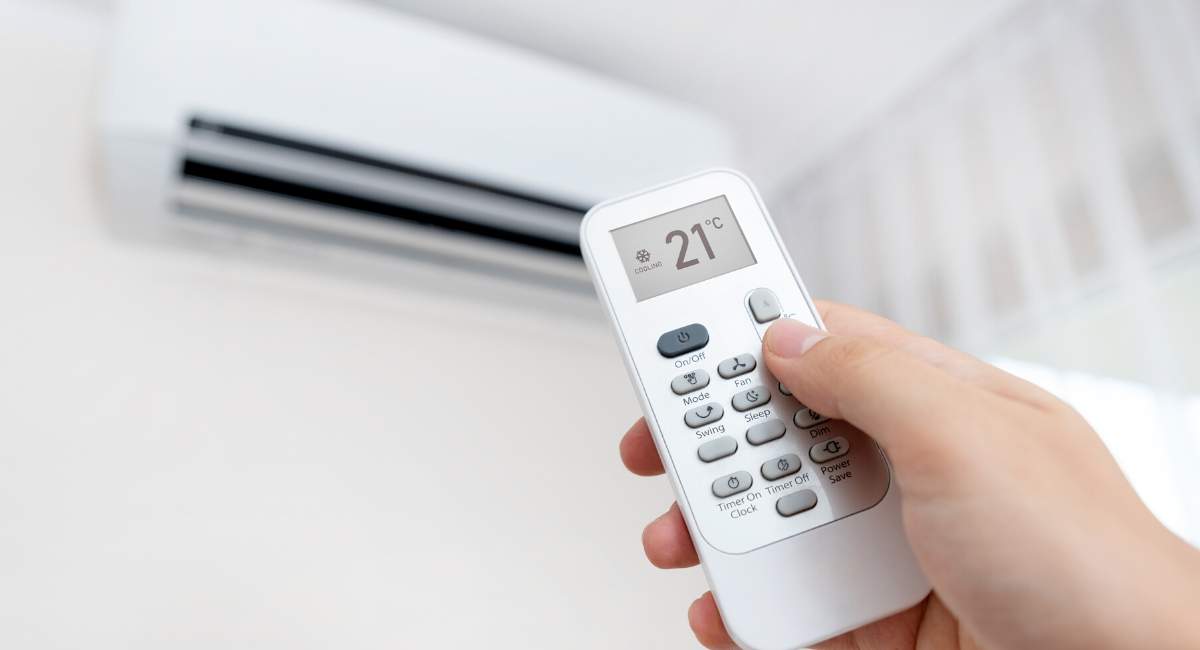

Articles
At What Temperature Outside Should You Turn On The AC
Modified: January 6, 2024
Learn when you should turn on your AC based on the temperature outside. Read more articles to keep your home cool and comfortable.
(Many of the links in this article redirect to a specific reviewed product. Your purchase of these products through affiliate links helps to generate commission for Storables.com, at no extra cost. Learn more)
Introduction
Knowing the right temperature to turn on the air conditioning (AC) is crucial for maintaining a comfortable indoor environment and ensuring energy efficiency. As the weather changes outside, it directly impacts our indoor comfort levels. By understanding the relationship between outdoor temperature and optimal indoor temperature, we can make informed decisions about when to turn on the AC.
Weather conditions play a significant role in our comfort. When it’s hot and humid, stepping into a cool, air-conditioned space can provide relief and prevent heat-related health issues. On the other hand, when it’s cooler outside, opening windows and allowing fresh air to circulate can create a comfortable atmosphere.
However, it’s important to strike a balance between indoor and outdoor temperatures. If it’s too hot outside, leaving windows open can let in warm air, making it difficult to cool the indoor space effectively. Similarly, if it’s too cold outside, turning on the AC can significantly drop the temperature inside, leading to discomfort.
Factors such as humidity levels, personal comfort preferences, and energy efficiency considerations also come into play when deciding when to turn on the AC. Let’s explore these factors further to gain a better understanding.
Key Takeaways:
- Find the perfect balance between indoor and outdoor temperatures to determine when to turn on the AC. Consider factors like humidity, personal comfort, and energy efficiency to maintain a comfortable environment while minimizing energy consumption.
- Recognize signs like rising temperatures, excessive humidity, and heat-related discomfort to know when it’s time to activate the AC. Implement energy-saving tips like smart cooling technology and natural ventilation to reduce energy consumption while staying comfortable.
Read more: What Temperature Should You Cover Mums
Factors to Consider
When determining the right time to turn on the AC, there are several factors that should be taken into consideration. These factors include humidity levels, personal comfort preferences, and energy efficiency considerations.
Humidity levels and their effect on perceived temperature play a significant role in our comfort. High humidity can make the air feel heavy and muggy, even if the actual temperature is not excessively hot. In such conditions, turning on the AC can help remove excess moisture from the air, creating a more comfortable indoor environment.
Personal comfort preferences and individual differences also play a role in determining when to turn on the AC. Some individuals may be more sensitive to heat and prefer to turn on the AC at lower temperatures, while others may be more tolerant and comfortable at slightly higher temperatures. It’s important to consider the comfort needs of all occupants in the space before making a decision.
Energy efficiency and cost considerations are also important factors to weigh when deciding when to turn on the AC. Running the AC continuously during moderate weather conditions can lead to unnecessary energy consumption and higher utility bills. By strategically timing the use of the AC and setting it to an optimal temperature, energy savings can be achieved without sacrificing comfort.
Ideal Temperature Range
When it comes to setting the thermostat for the AC, determining the ideal temperature range is crucial for maintaining a comfortable indoor environment. The optimal temperature for cooling varies based on the external temperature and weather conditions. Here are some guidelines to help you set the thermostat during different weather conditions:
1. Hot and Humid Weather: When the external temperature is hot and the humidity levels are high, it is recommended to set the thermostat between 72°F (22°C) and 78°F (26°C). This range allows for cool and comfortable indoor conditions while minimizing energy consumption.
2. Mild Weather: During mild weather conditions, with a moderate external temperature, opening windows and allowing fresh air to circulate can contribute to a comfortable indoor environment. It is advisable to turn off the AC and rely on natural ventilation, unless the humidity levels are high.
3. Cool Weather: When the external temperature is cool, and there is no need for air conditioning, it’s best to turn off the AC completely and enjoy the natural coolness of the surrounding environment.
4. Nighttime Cooling: During the nighttime, when the temperature drops, it is recommended to take advantage of the cooler air by opening windows and turning off the AC. This not only helps lower energy consumption but also allows for a refreshing breeze to flow throughout the space.
While these temperature ranges provide general guidelines, it’s essential to consider individual comfort preferences and adapt accordingly. Some individuals may prefer a slightly higher or lower temperature, so it’s important to find the balance that suits everyone’s needs.
It’s generally recommended to turn on the AC when the outdoor temperature reaches 78-80°F to maintain a comfortable indoor temperature.
Signs That Indicate AC Activation
Recognizing the signs that indicate it’s time to turn on the AC is crucial for maintaining a comfortable and healthy indoor environment. Here are some signs to look out for:
1. Rising Temperature: If you notice that the indoor temperature is steadily rising and becoming uncomfortable, it’s a clear indication that it’s time to turn on the AC. This is especially important during hot weather conditions when the external temperature is high.
2. Excessive Humidity: High humidity levels can make the indoor space feel sticky and uncomfortable. If you notice an increase in humidity or excessive moisture in the air, it’s a good time to activate the AC to remove the excess moisture and improve comfort.
3. Heat-Related Discomfort: Symptoms of heat-related discomfort such as sweating, fatigue, and feeling overheated are indicators that it’s time to turn on the AC. These symptoms can escalate quickly and may lead to more severe health risks if not addressed promptly.
4. Health Risks: Certain individuals, such as the elderly, young children, and individuals with respiratory conditions, are more susceptible to heat-related health risks. If you or someone in your household falls under these categories and is experiencing discomfort or difficulty coping with the heat, it’s essential to turn on the AC to maintain a safe and healthy environment.
Remember to pay attention to these signs and take action to turn on the AC to prevent heat-related discomfort, reduce humidity levels, and mitigate potential health risks.
Energy Saving Tips
Reducing energy consumption while still maintaining comfort is important for both the environment and our utility bills. Here are some energy-saving tips to follow:
1. Set the Thermostat Wisely: Take advantage of programmable thermostats to automatically adjust the temperature based on your schedule. During the hotter months, set the temperature a few degrees higher when you’re away from home, and lower it gradually as you return. This will help save energy by not cooling an empty house unnecessarily.
2. Utilize Smart Cooling Technology: Invest in smart cooling technology that allows you to control your AC remotely via a smartphone app. This enables you to manage the temperature efficiently, even when you’re not at home. You can turn on the AC before you arrive, so the space is cool and comfortable upon your return.
3. Use Natural Ventilation: If the weather permits, open windows and doors to let in cool breezes during mild weather conditions. This can reduce the need for AC usage and save energy. Just make sure to close them when the outdoor temperature rises or becomes humid.
4. Use Fans in Conjunction with AC: Ceiling fans or portable fans can help distribute cool air more effectively throughout the room. By using fans in conjunction with the AC, you can raise the thermostat temperature slightly without sacrificing comfort levels.
5. Ensure Proper Insulation: Make sure your home is properly insulated to prevent cool air from escaping and warm air from entering. Check for any drafts or leaks around windows and doors and seal them to increase energy efficiency.
6. Maintain Regular AC Maintenance: Regularly maintain and clean your AC unit to ensure it operates at peak efficiency. Clean or replace filters regularly and schedule annual professional maintenance to keep the AC running smoothly.
By implementing these energy-saving strategies, you can reduce your carbon footprint, lower your energy bills, and still enjoy a comfortable indoor environment.
Conclusion
When it comes to turning on the air conditioning (AC), it’s important to consider various factors and find a balance between comfort, energy efficiency, and environmental sustainability. Let’s recap the key points and considerations:
Understanding the impact of weather conditions on indoor comfort is crucial. Hot and humid weather may require the AC to maintain a comfortable environment, while mild and cool weather may allow for natural ventilation.
Factors such as humidity levels, personal comfort preferences, and energy efficiency considerations should be taken into account. High humidity can make the air feel uncomfortable, while personal comfort preferences can vary. Energy efficiency should also be a priority to reduce unnecessary energy consumption and lower utility bills.
Determining the ideal temperature range for cooling depends on the external temperature. Setting the thermostat between 72°F (22°C) and 78°F (26°C) during hot and humid weather is generally recommended. However, individual comfort preferences should also be considered.
Recognizing signs that indicate it’s time to turn on the AC, such as rising temperatures and heat-related discomfort, is important for maintaining comfort and preventing health risks. Certain individuals, like the elderly and those with respiratory conditions, may have a higher vulnerability to heat-related health risks and require prompt action.
Implementing energy-saving strategies can help reduce energy consumption while still maintaining comfort. Using programmable thermostats to adjust the temperature based on your schedule and utilizing smart cooling technology effectively are great ways to optimize energy usage. Natural ventilation, utilizing fans, and ensuring proper insulation are additional measures that can contribute to energy efficiency.
In conclusion, finding a balance between comfort, energy efficiency, and environmental sustainability is key when deciding when to turn on the AC. By considering factors such as weather conditions, personal preferences, and energy-saving strategies, you can create a comfortable indoor environment while minimizing energy consumption and reducing your impact on the environment.
Frequently Asked Questions about At What Temperature Outside Should You Turn On The AC
Was this page helpful?
At Storables.com, we guarantee accurate and reliable information. Our content, validated by Expert Board Contributors, is crafted following stringent Editorial Policies. We're committed to providing you with well-researched, expert-backed insights for all your informational needs.
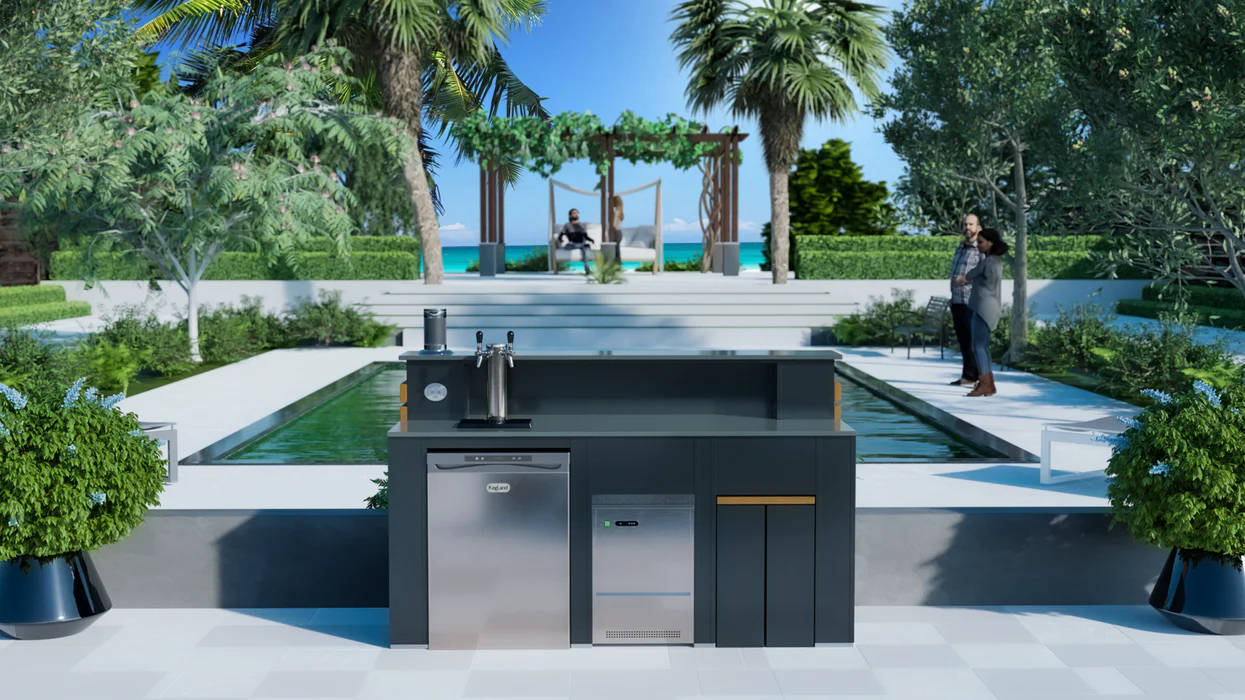
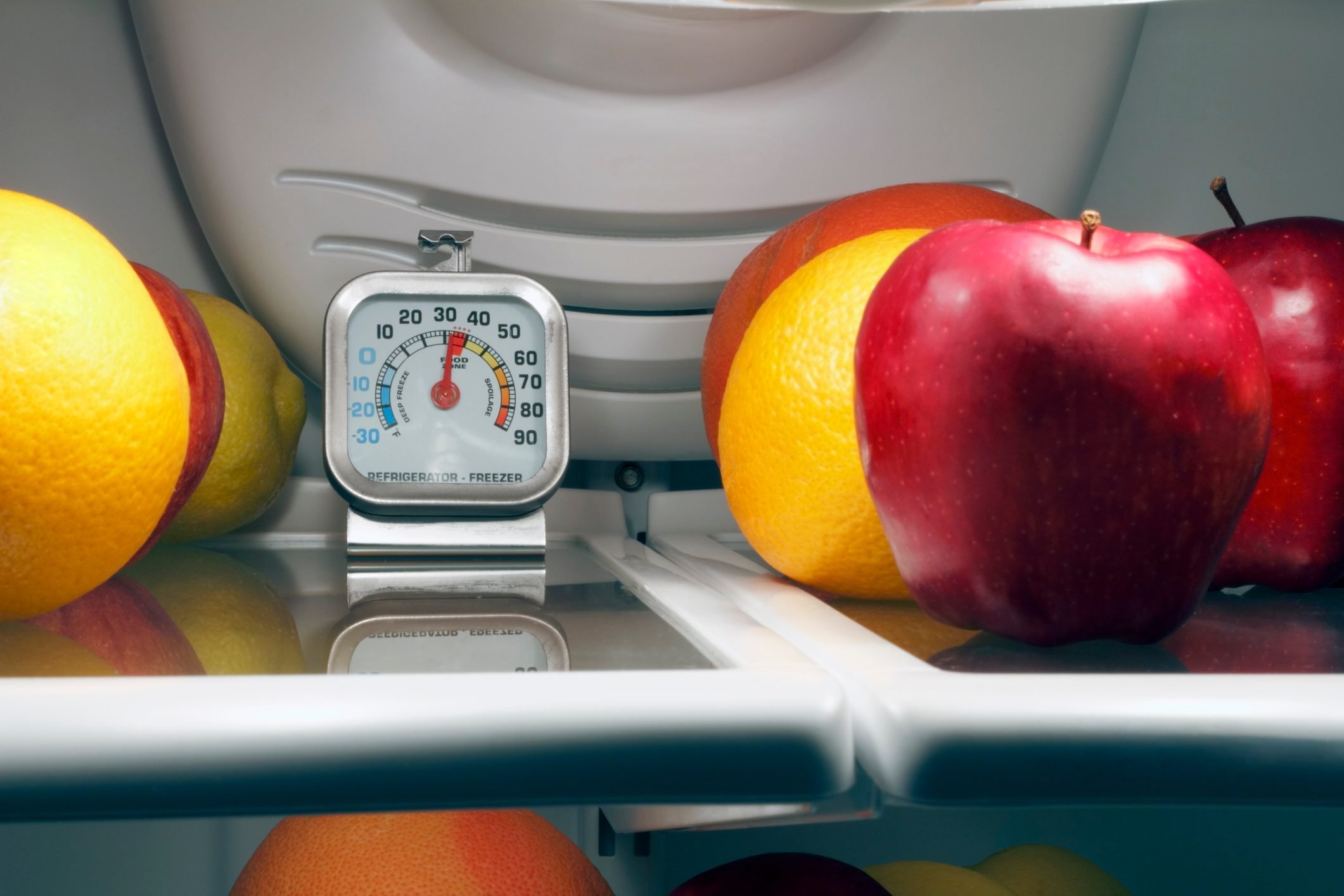
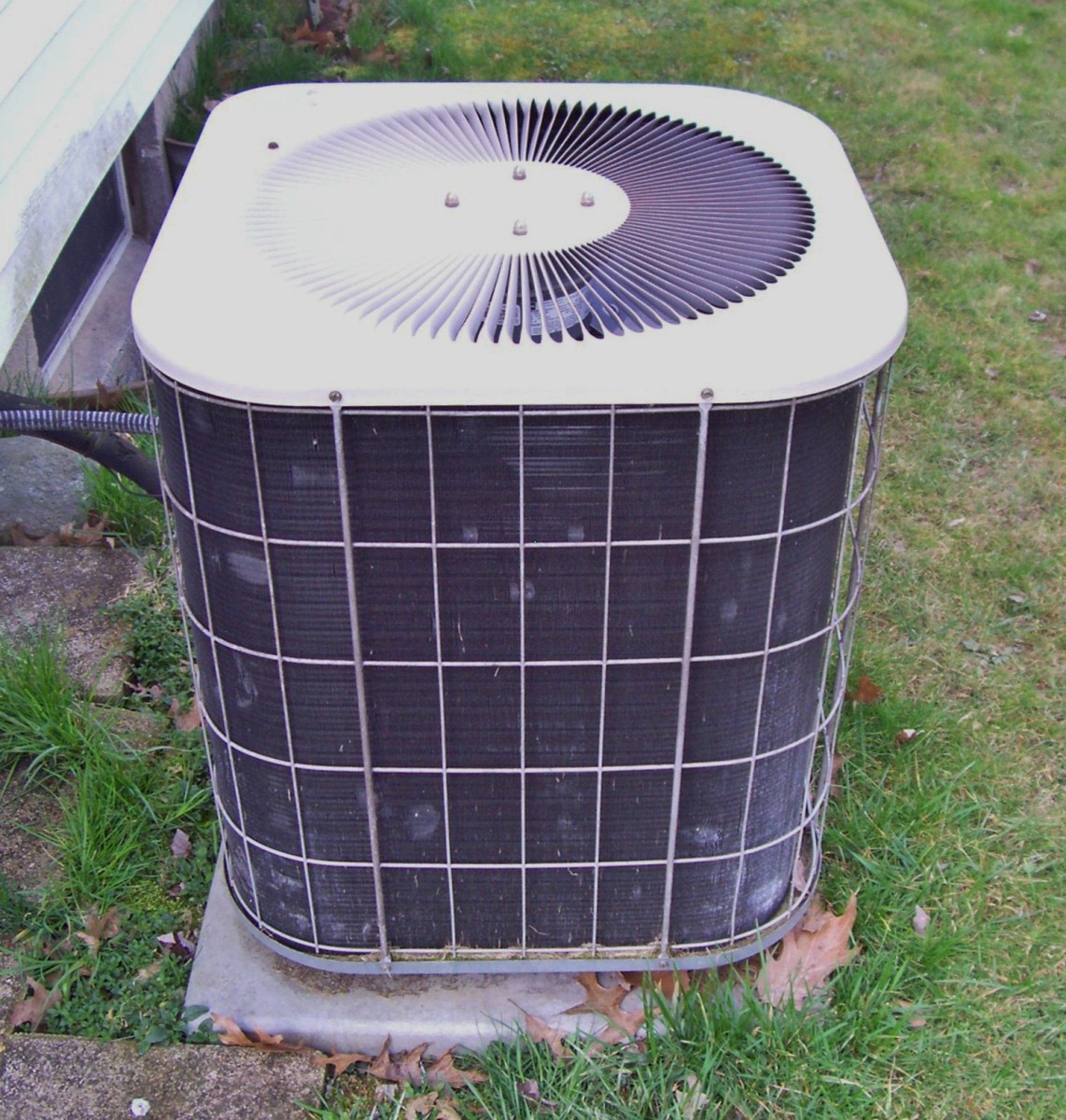

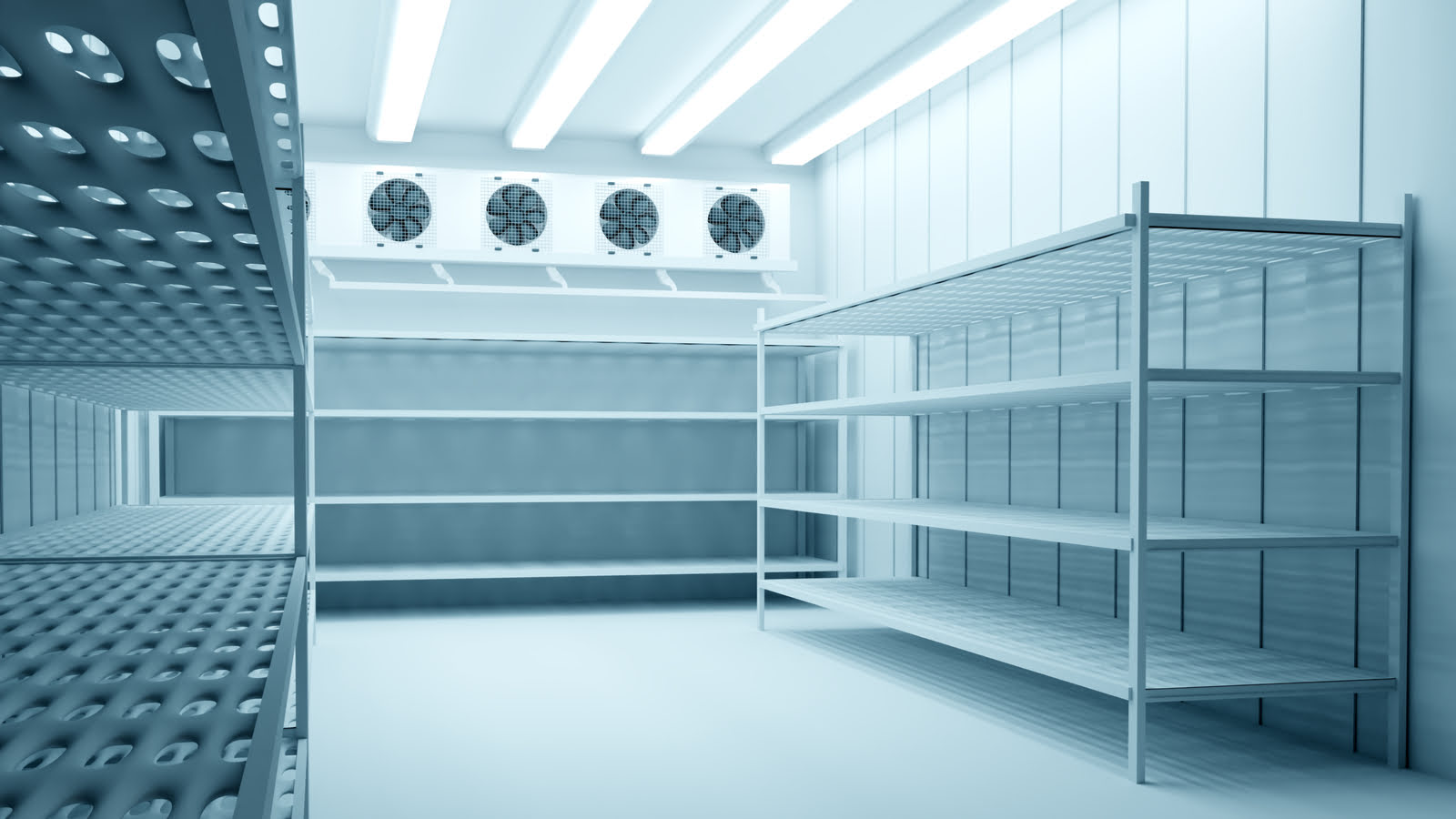
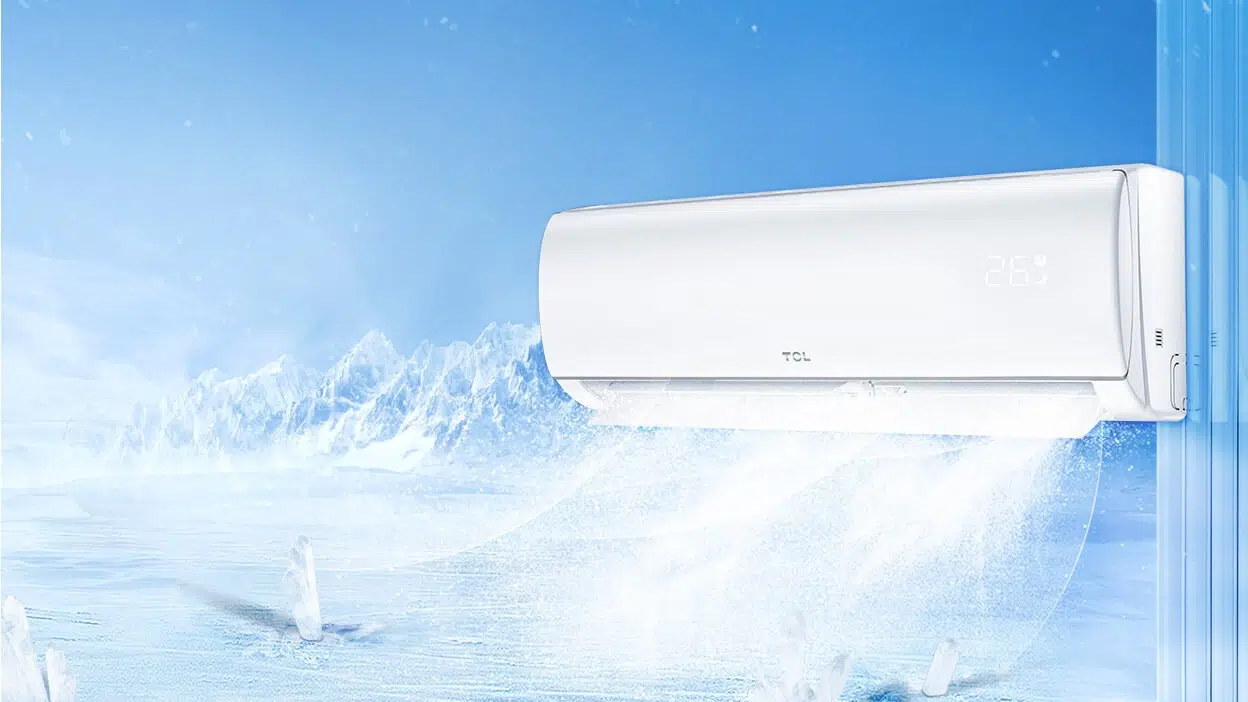
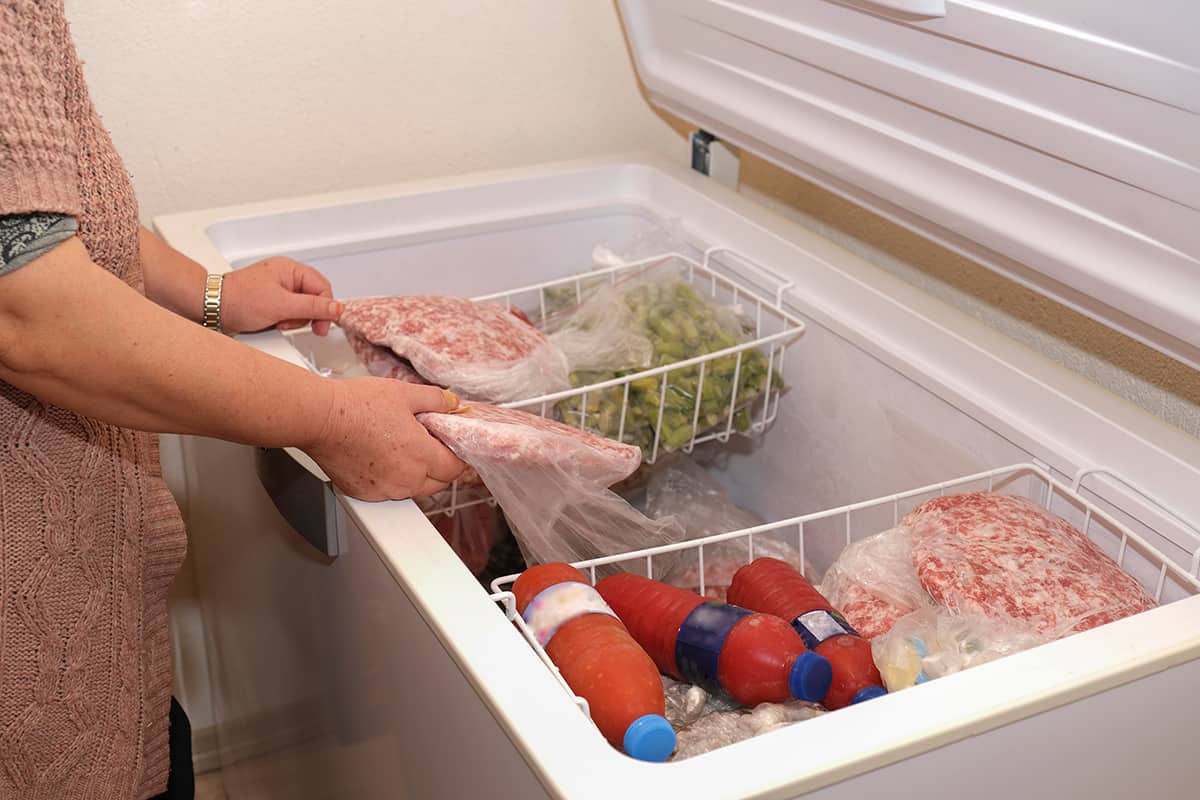
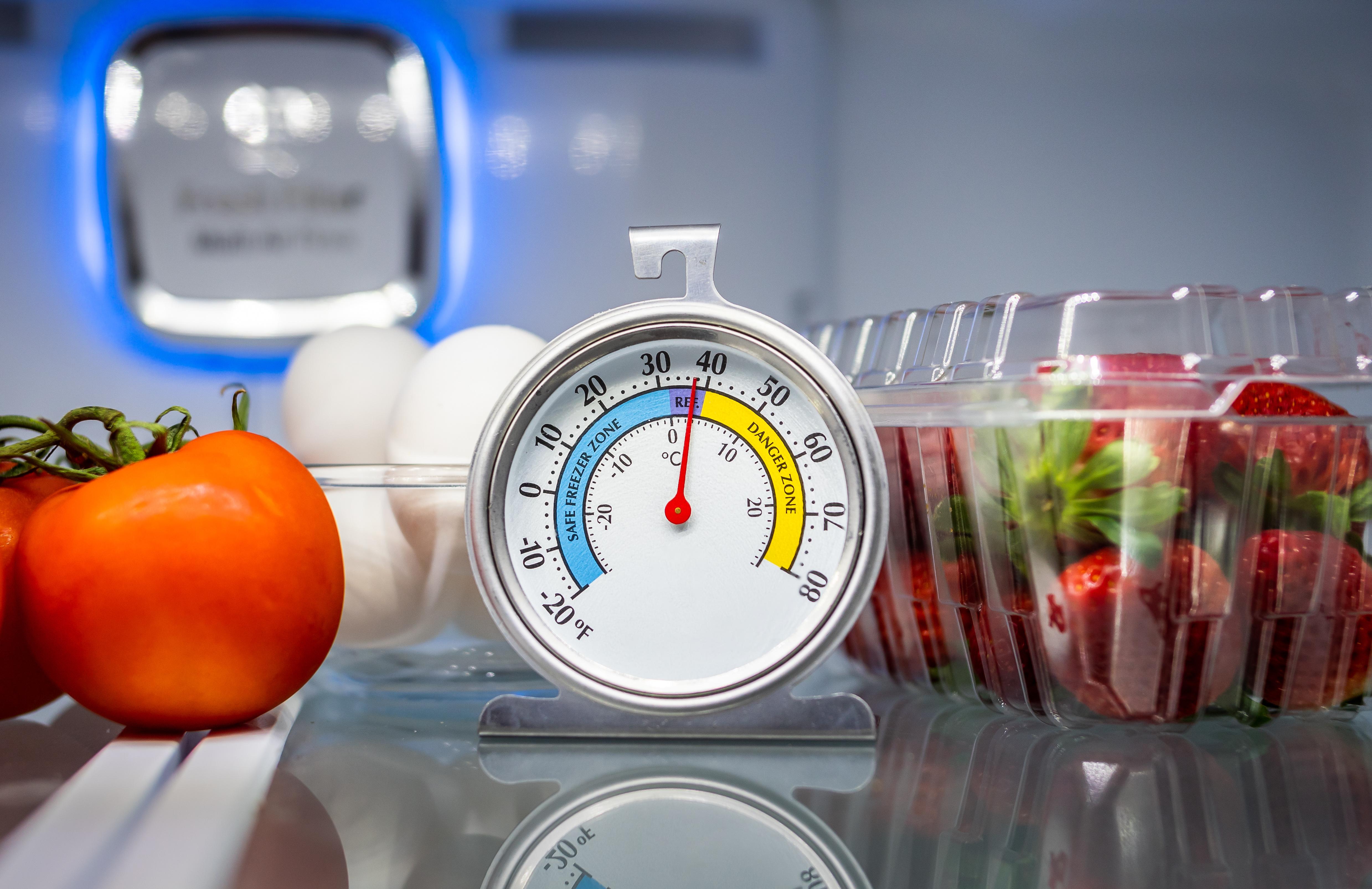

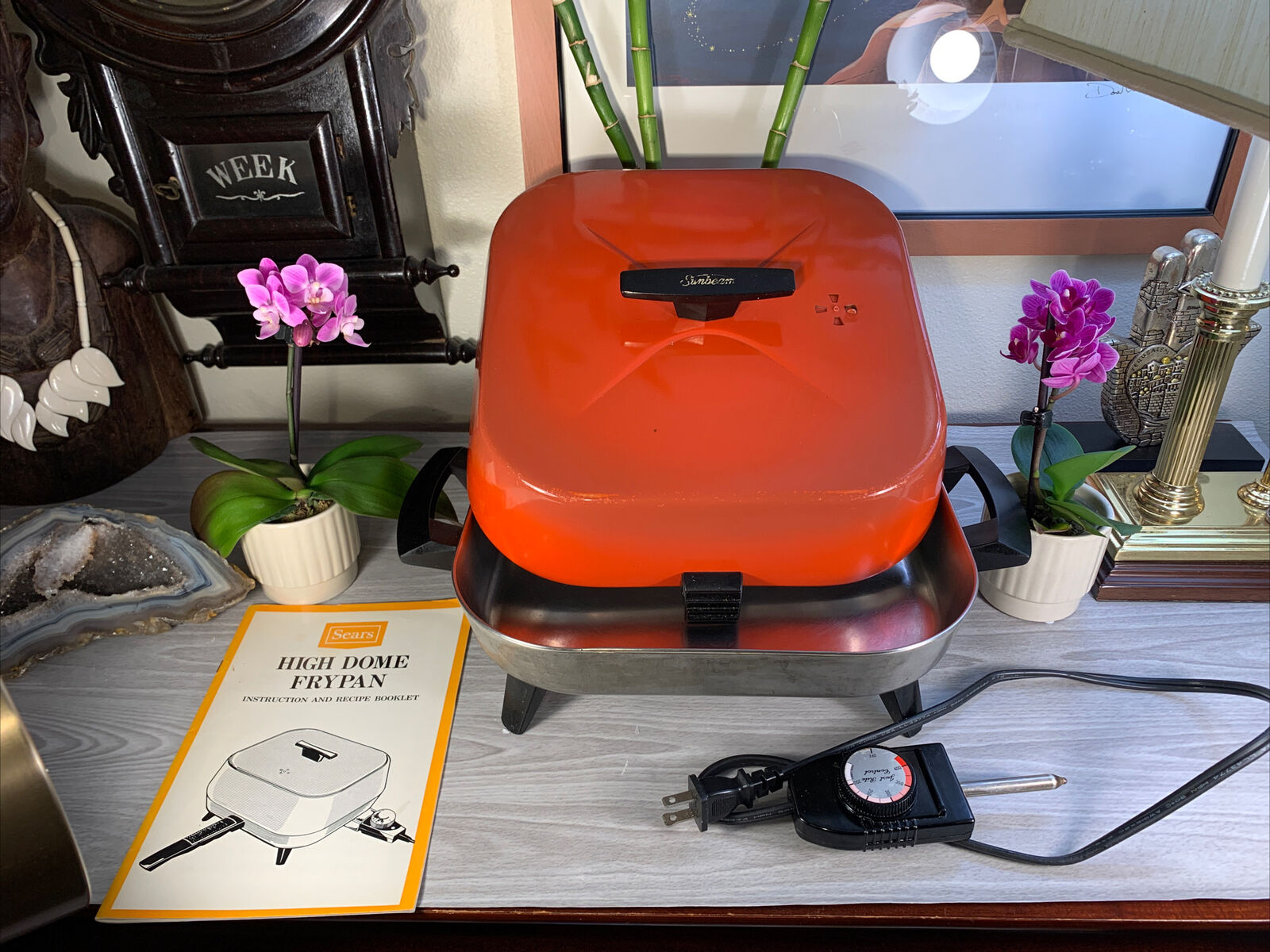

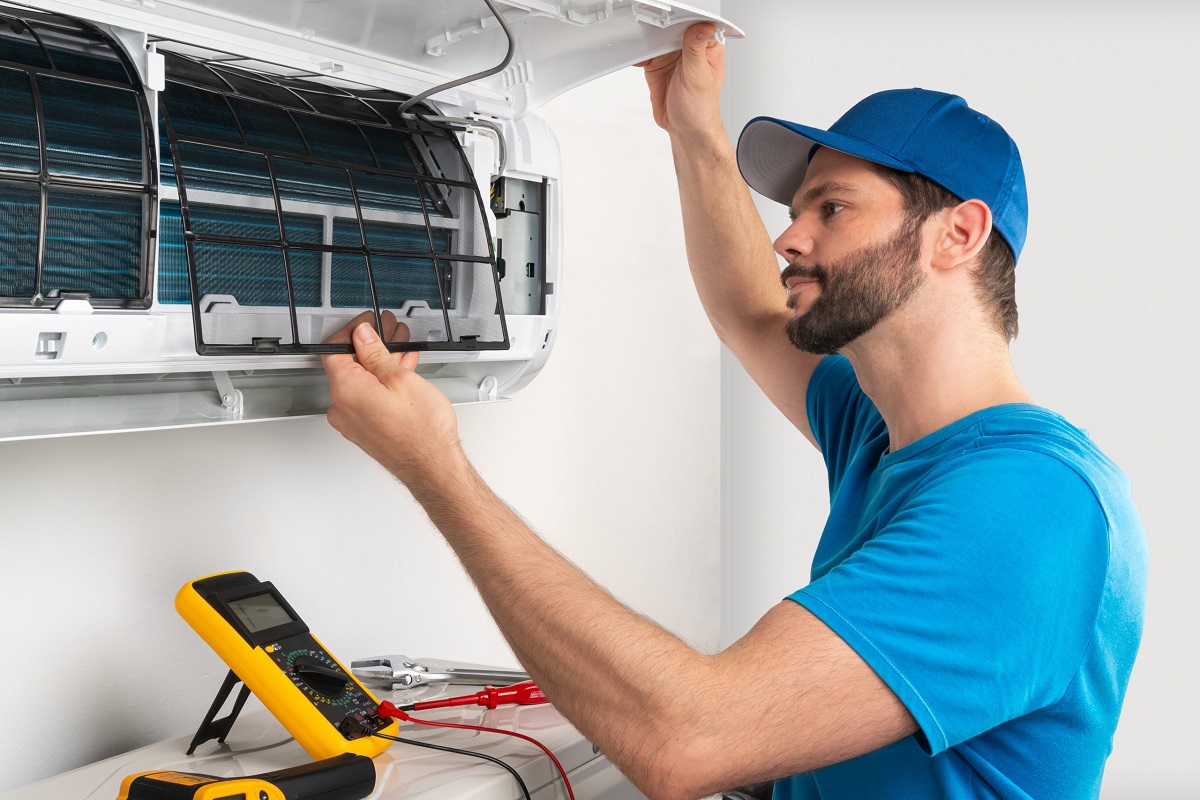
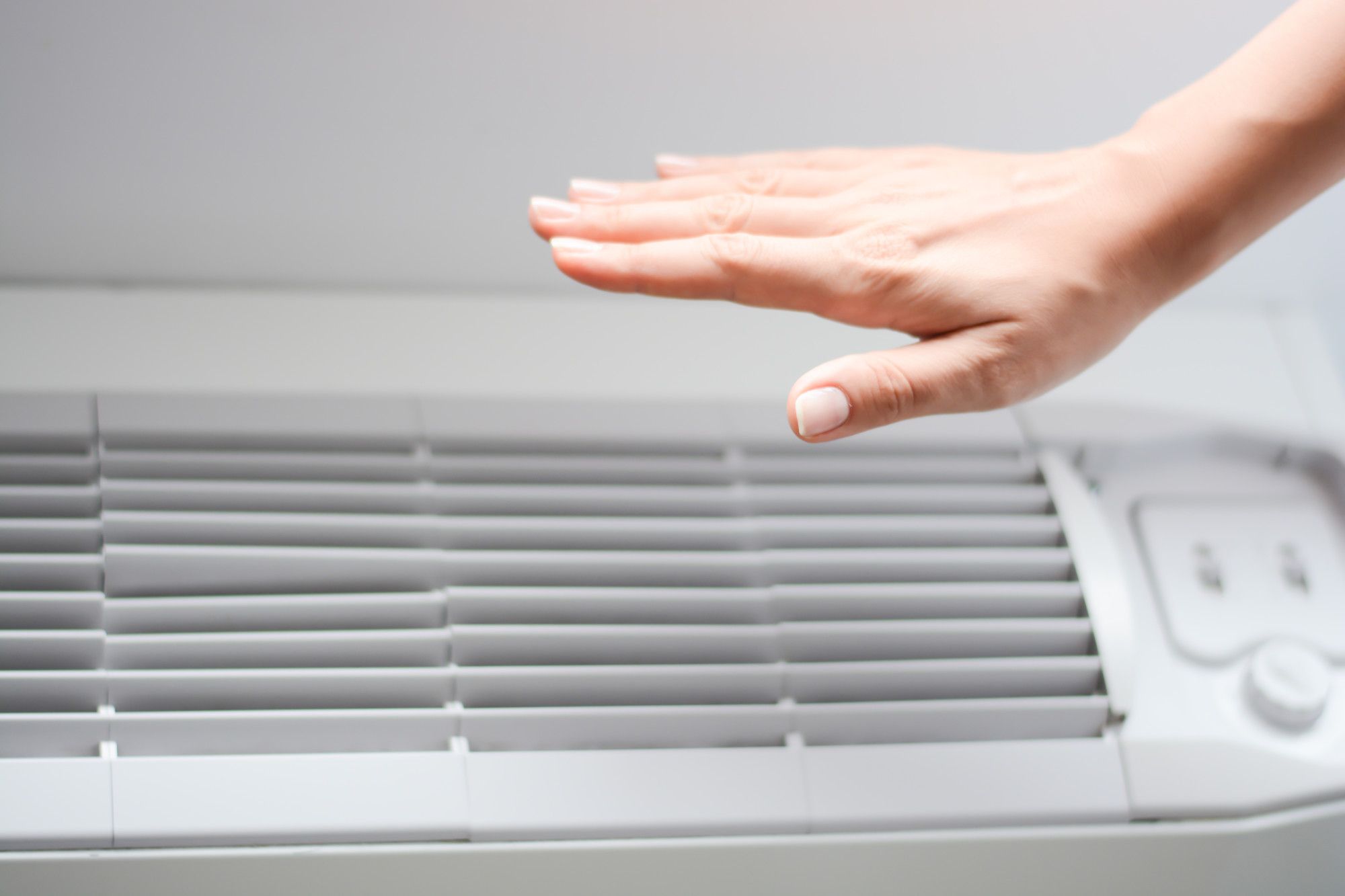
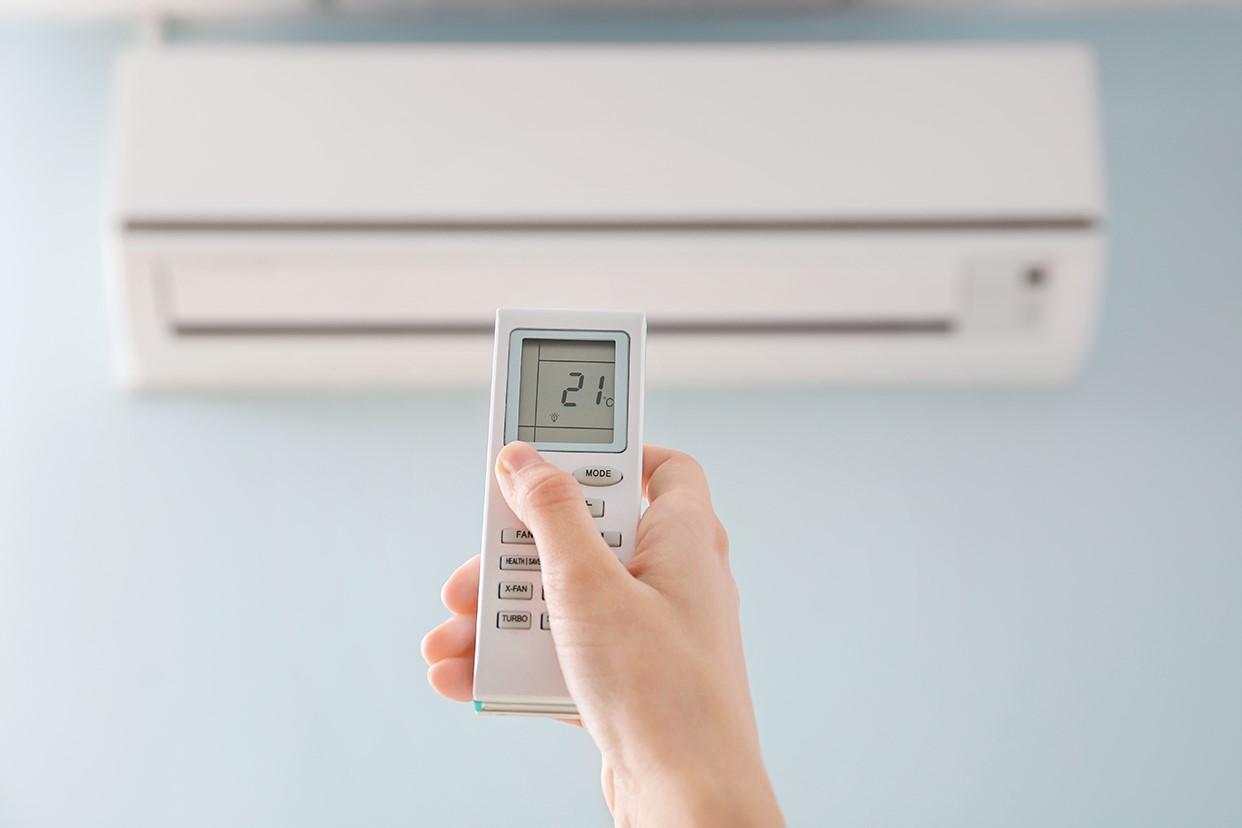

0 thoughts on “At What Temperature Outside Should You Turn On The AC”